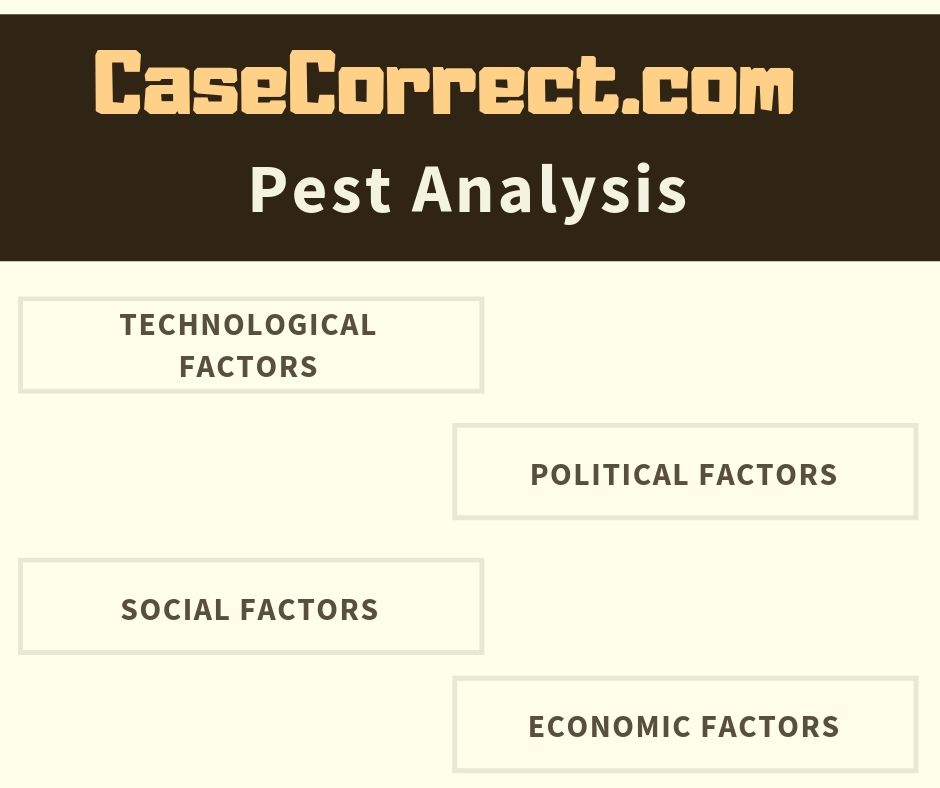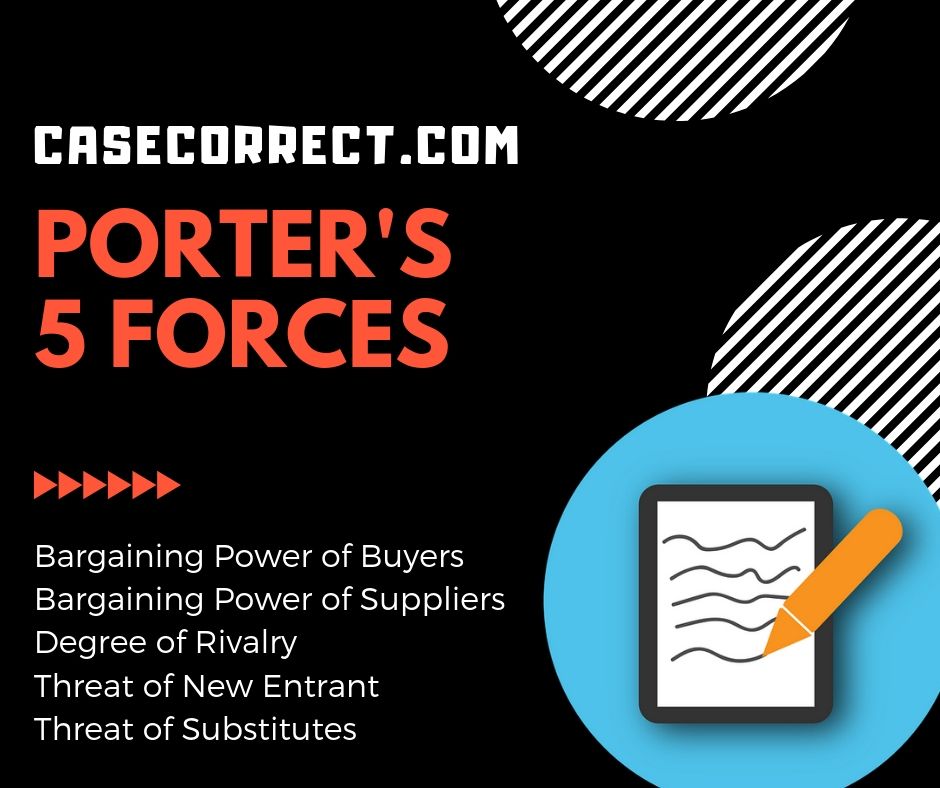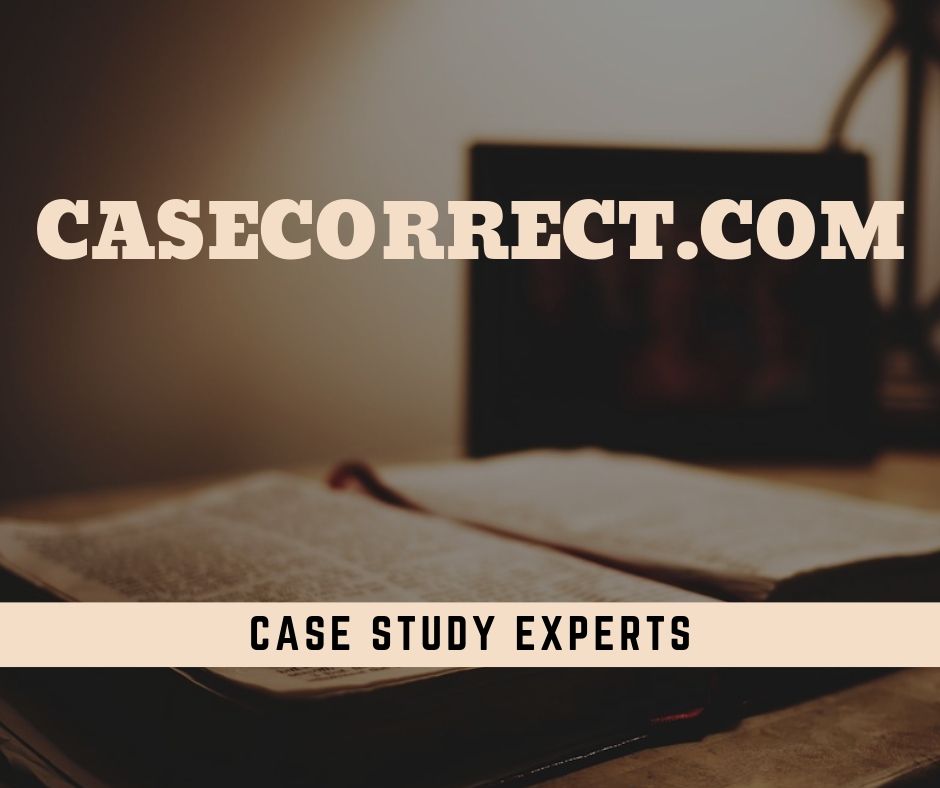Reverse Logistics Program Design Company Study Case Solution
Introduction:
 In 1969, the establishment of Reverse Logistics Program Design Company Study Case Study Solution for providing its member physicians with the convenience of medical and administrative structure. It was connected with Cape Cod Eye surgical treatment and Reverse Logistics Program Design Company Study offering different vertically incorporated services in order to satisfy the needs of patients.
In 1969, the establishment of Reverse Logistics Program Design Company Study Case Study Solution for providing its member physicians with the convenience of medical and administrative structure. It was connected with Cape Cod Eye surgical treatment and Reverse Logistics Program Design Company Study offering different vertically incorporated services in order to satisfy the needs of patients.
Through the aggregation of a series of central functions, Reverse Logistics Program Design Company Study Case Study Solution had substantially achieved the economies of sales permitting the eye doctors to offer them with adequate time to focus on their patients and their individual lives. The corporate framework was its real strength that allowed individuals for directing and developing of practices in their proper manner. Since 1990, the development of Reverse Logistics Program Design Company Study Case Study Solution had been steady but the healthcare environment trends had understood to deteriorate the financial returns of Reverse Logistics Program Design Company Study Case Study Analysis from 50 percent of the 1980's revenues to 40 percent in 1990 and 30 percent in 2000.
Problem statement:
 Due to the modifications in the guidelines to run in the Reverse Logistics Program Design Company Study Case Study Analysis industry, it was required by the companies to increase the volume of patients, reduction in expenses of treatments and treatments in order to balance out minimized margins. Annual decline in the rates had developed problem for physicians in earning an excellent earnings.
Due to the modifications in the guidelines to run in the Reverse Logistics Program Design Company Study Case Study Analysis industry, it was required by the companies to increase the volume of patients, reduction in expenses of treatments and treatments in order to balance out minimized margins. Annual decline in the rates had developed problem for physicians in earning an excellent earnings.
Situational Analysis:
SWOT Analysis:
Strength:
• Reverse Logistics Program Design Company Study Case Study Solution is understood to have a prominent position in the Reverse Logistics Program Design Company Study Case Study Analysis industry of United States of America.
• Due to its existence in the United States, it has strong consumer base line as an approximate of160,000 sees of clients each year.
• Management of Reverse Logistics Program Design Company Study Case Study Solution including its physicians invest more time to activities in teaching, research study and advancement for innovative item innovation.
• The employee had a collective relationship in going over and management of any specific operation headed by a team leader.
Weakness:
 • Problems in upkeep of scheduling system and main scheduling center of Reverse Logistics Program Design Company Study Case Study Solution pace due to the change in the treatments followed by Shingleton's group.
• Problems in upkeep of scheduling system and main scheduling center of Reverse Logistics Program Design Company Study Case Study Solution pace due to the change in the treatments followed by Shingleton's group.
• Financial returns of the organization had been decreasing yearly with boost in the growth of Reverse Logistics Program Design Company Study Case Study Help industry in United States of America by 5 percent.
• Increased volume of patients' sees required use of increased capability that lowered the ability of the team the absorption of the flow of modifications.
• Higher patients' volume led the group of serious stress threatening the mission of the practice and the rate of revenue development.
Opportunities:
• Growth of the customer base line in the low-end market will supply them with direct contact with their customers to provide them with high quality services.
• Local gamers tend to be essential gamers in the growth of any leading organization, healthy relationship with relative local players can supply substantial outcome in the value chain of the business operation.
• As there has actually been repayment by the federal government, limiting new entrants entry in the Reverse Logistics Program Design Company Study Case Study Analysis industry in the United States providing an advantage to all leading organizations in the Reverse Logistics Program Design Company Study Case Study Help market.
• Production of low-end items, as high-end products are pricey and can not be budget friendly for poor individuals getting medication for their specific medical condition.
Threats:
• Development in the use of innovation versus the security of environmental concerns tend to grow the criticism by the groups of environmental management.
• With rate to be the leading organization in the world, efforts are being made by every company puzzling the customers and growing issue about their health consciousness.
• Mismanagement of the scheduling process of the company might result in loss of consumers due to the bad services of the group and tension and grumbled doctors.
PEST Analysis:
Political:
 At present, the rate of Reverse Logistics Program Design Company Study Case Study Help market had understood to be increasing at about 34 million with the growing market rate of about 5 percent. Reverse Logistics Program Design Company Study Case Study Solution operating in the Reverse Logistics Program Design Company Study Case Study Solution industry in United States of America has been known to experience political pressure captivating for reduction in the rates of the items.
At present, the rate of Reverse Logistics Program Design Company Study Case Study Help market had understood to be increasing at about 34 million with the growing market rate of about 5 percent. Reverse Logistics Program Design Company Study Case Study Solution operating in the Reverse Logistics Program Design Company Study Case Study Solution industry in United States of America has been known to experience political pressure captivating for reduction in the rates of the items.
Economical:
Economic elements are the most influencing one in the market of healthcare. Reverse Logistics Program Design Company Study Case Study Analysis needs sticking to consider laws of consumers, laws of employment and laws of health and safety in the location where it operates. In addition, there is a requirement of sticking to added regulations developed in the target customer market. In the United States of America, medication needs to be supplied to the patients with respect to the requirements of FDA-- Food and Drug Administration. No matter, the advantage of laws and policies to well recognized company like Reverse Logistics Program Design Company Study Case Study Help because they supply assistance in decreasing the entry of market and increasing the self-confidence of consumer with drugs. Government has also implemented containment programs for limitation of reimbursement. The effect of economic factors is moderate.
Social:
Primarily in American and european states, majority of the population is aging increasing the demand of drug usage. This is anticipated to remain exact same or even increase with regard to time in upcoming duration. With increase in the check outs of the clients in Reverse Logistics Program Design Company Study Case Study Analysis has actually also served as an aspect in increasing the need of drugs.
Technological:
Improvements through making use of biotechnological methods and strategies has actually assisted in constant innovation for research and development with contribution of the company's own physician investing their time in the technological enhanced devices in the Reverse Logistics Program Design Company Study Case Study Solution industry. However, the research and development requires heavy investment, but it substantially facilitates the quality of drugs during its development. Advancement in technological usage like social media offering with chance to market themselves directly to low-end market. Regarding to, the effect of technological factors is moderate.
Alternatives:
Incorporation of managerial and HR expertise:
 Due to the mismanagement and increased volume of patients sees impacting the efficiency of doctors and to handle the reason behind their tension. HR practices in the management of operations of the company play a crucial function.
Due to the mismanagement and increased volume of patients sees impacting the efficiency of doctors and to handle the reason behind their tension. HR practices in the management of operations of the company play a crucial function.
Pros:
• They have the charge of recruitment supplying training of management, management of group work, help in scheduling, and a methodical procedure of employing.
• They operate in lead in the development management, management of efficiency, succession preparation, courses of career and some other aspects in the management of talent.
• In advancement of effective relationships at work for performance and contribution, they offer assistance by knowing the key gamers.
Educated in terms of rules, regulations and policies including payment that depends on the area, city or state.
Cons:
• Governmental bodies are primarily worried for financing with the macro-economic concerns rather micro-level concentrating on the modern practices of HR focusing on the efficiency and inspiration of workforce.
• Advancement of ability of HR requires investment in advancement and training of both HR professionals line professional with the duties of staff management.
Financial investment in enhancing the capacity of specialist human resource assesses in a number of ways in order to provide the function of HR management. Even, after the rejection of outsourcing, the in-house function of needs to be monitored and audited properly.
Reduction in direct personnel cost:
The method is to be focused within the company which is mainly due not because of the need but out of sheer requirement which may carry out reduction in cost. Reduction in expense is essentially for enhancement of performance and the percentage of profit growth.
Pros:
• Cost decrease standard is known to increase the margins of revenue which the sought-after advantage. The company can carry out expense decrease process according to their need to increase the earnings margin.
• Boost in the performance through reduction in expense by alarming staff members about its entryway in the phase of micro-management.
Enhancement while doing so requirements given that the results of improvising procedures is on the existing procedure nature enhancing the standards of product development.
Cons:
• Although, the process of expense decrease is a favorable one in the development and development of the company as a long-lasting technique, but false cutting of the cost might produce a panic alarm throughout the organization.
• Altering while doing sos followed can in some cases be damaging rather enhancing rate of revenue growth depending upon the involvement of internal and external stakeholders.
• Focusing on the decrease of cost may cause compromise on the quality of item affecting the mission and vision of the organization and threatening the value of the brand name.
Development of a new organizational structure:
Change in the structure of the organization is to control the modifications in company operations and operate it from a status quo to the preferred state in the future. It intends to bring strategic modifications in the company for a customer company to ensure that the corporation runs typically throughout the modification.
Pros:
 • Organizations that considers external expert for application in altering the structure of the organization has the advantage of external influence.
• Organizations that considers external expert for application in altering the structure of the organization has the advantage of external influence.
• Modification in the structure of company requires the management of company to monitor the modification execution to guarantee that the processes needed remain in location and price quote that there are no barriers inhibiting effective execution of the change. The most efficient change in the structure of company forces will collect the intelligence of organization in order to much better understand the way the company operates.
Changes in the structure of organization control the modification speed and the way it changes to be executed. It help the company in adopting modifications effectively. It likewise makes sure that the adjustment of the change in the structure of company is going on its best speed and the adjustment of process should be continued.
Cons:
• Change in the structure of organization is not executed straight in a normal way through leader serving as the leading main members of the organizational management. It can be in some way hard for bringing change in the structure of the organizational force in order to get company large buy-in.
• While the group accountable for changing the structure of the company helps the company to change with the carried out modifications, modifications in the organizational structure hardly ever has the ability of empowerment and to provide ownership of the changes to the staff members in the company.
• Modifications in the structure of company, is to re-organize the whole structure of the organization on how it runs. Nevertheless, it offers with certainty to run the company in a smooth manner however it must not be carried out throughout seriousness.
